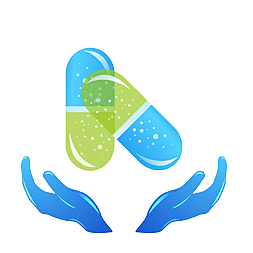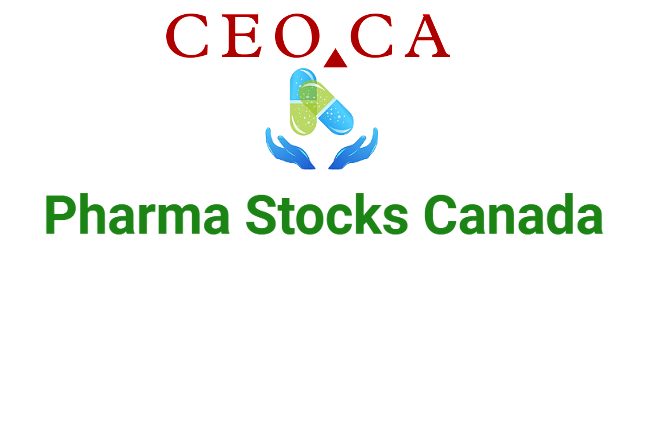The pharmaceutical industry in Canada is regulated by Health Canada, the federal department responsible for the country’s health policies and programs. Here is an overview of the regulatory framework governing the pharmaceutical industry in Canada:
1. Health Canada’s Role: Health Canada plays a central role in ensuring the safety, efficacy, and quality of pharmaceutical products available in the Canadian market. Its responsibilities include:
– Reviewing and approving new drugs and biologics for sale in Canada.
– Monitoring the safety of marketed drugs through post-market surveillance.
– Setting standards for manufacturing, labeling, and distribution of drugs.
– Regulating clinical trials and ensuring ethical practices.
– Implementing and enforcing the Food and Drugs Act and its associated regulations.
2. Drug Approval Processes: Health Canada employs rigorous processes for drug approvals to protect the health and safety of Canadians. The two primary pathways for drug approval are:
– New Drug Submissions (NDS): For new drugs that have not been previously approved in Canada. The NDS includes preclinical and clinical trial data, manufacturing details, and safety information.
– Abbreviated New Drug Submissions (ANDS): For generic drugs that demonstrate bioequivalence to an already-approved reference product. ANDS require less clinical trial data and rely on the safety and efficacy of the reference product.
Health Canada evaluates the submitted data and conducts a thorough review to assess the drug’s safety, efficacy, and quality before granting approval.
3. Good Manufacturing Practices (GMP): Health Canada establishes and enforces GMP regulations to ensure that pharmaceutical manufacturing facilities maintain high-quality standards. GMP guidelines cover various aspects, including facilities, equipment, personnel, quality control, and record-keeping practices.
4. Post-Market Surveillance: Health Canada continues to monitor the safety and effectiveness of drugs even after approval. Adverse events and medication errors can be reported through the Canada Vigilance Program. Health Canada collaborates with other regulatory bodies, healthcare professionals, and the pharmaceutical industry to address any safety concerns and take appropriate measures.
5. Intellectual Property Protection: The Canadian Intellectual Property Office (CIPO) oversees intellectual property rights, including patents, trademarks, and copyrights. Pharmaceutical companies can protect their innovations through patents, granting exclusive rights to manufacture and sell a particular drug for a specific period. Patent protection encourages innovation and allows companies to recoup their investments in research and development.
Additionally, Canada adheres to international agreements such as the World Trade Organization’s Trade-Related Aspects of Intellectual Property Rights (TRIPS) Agreement, which establishes minimum standards for intellectual property protection.It’s important to note that the regulatory landscape for pharmaceuticals is subject to continuous updates and changes. Health Canada may revise regulations, guidelines, and approval processes to align with evolving scientific knowledge, emerging technologies, and international standards. Pharmaceutical companies and investors should stay updated on the latest regulations and seek professional advice to ensure compliance and make informed decisions.


